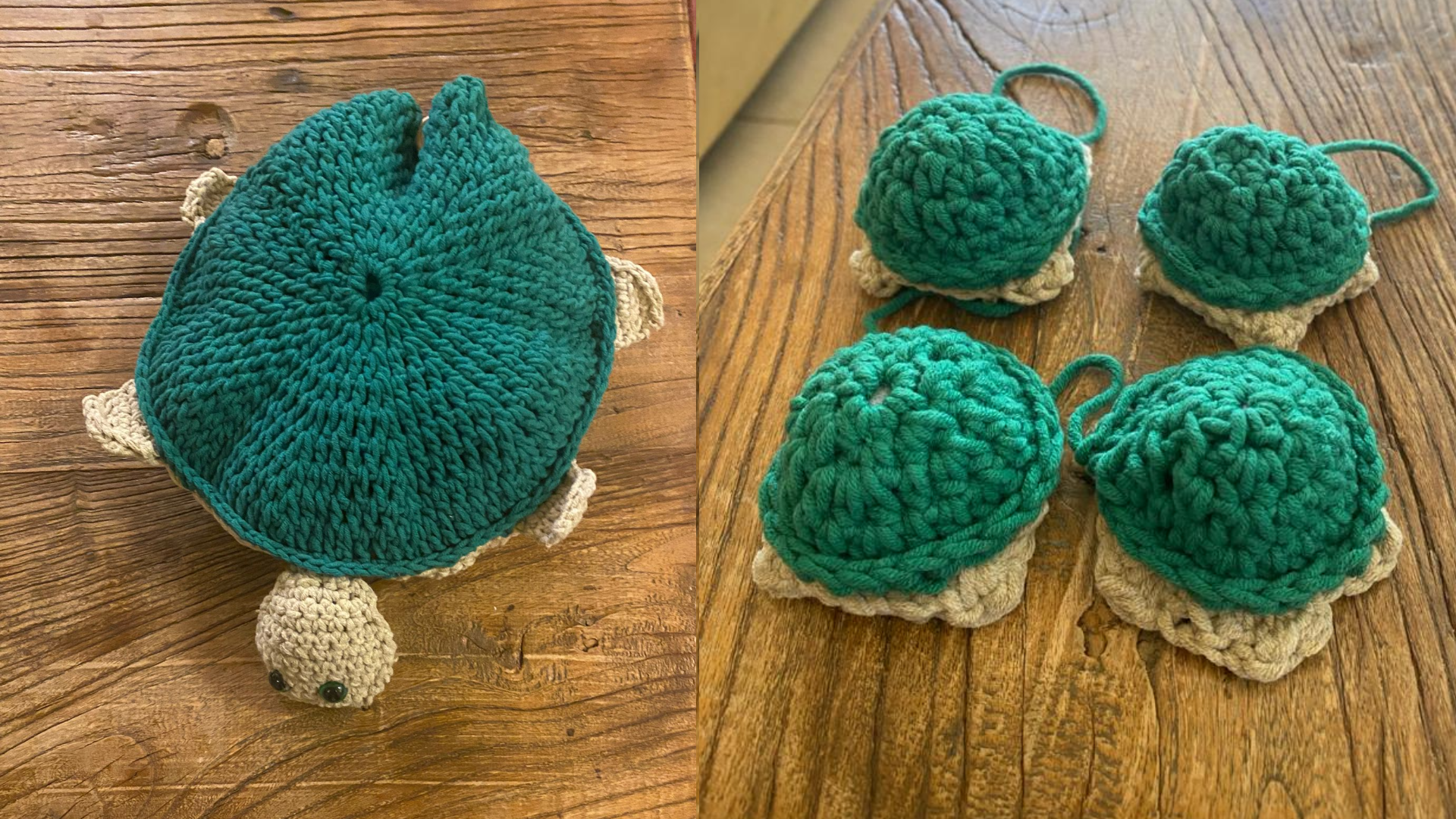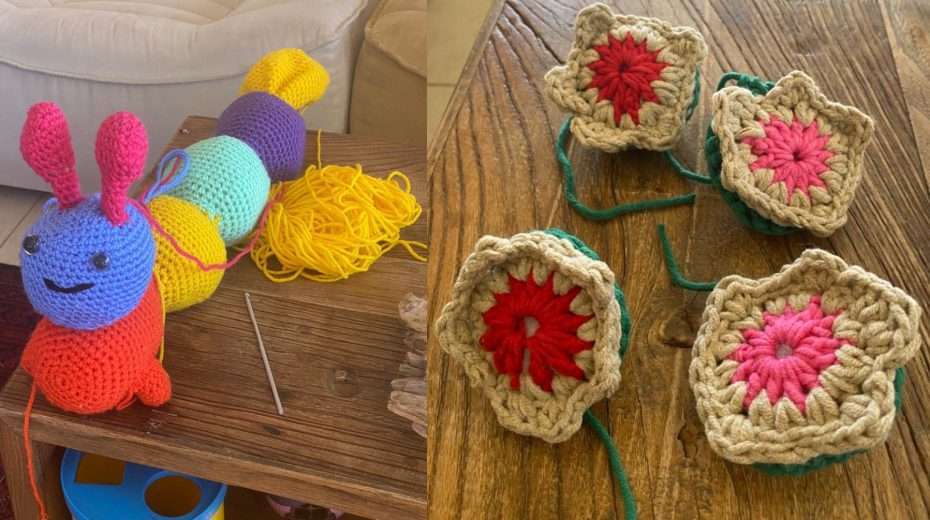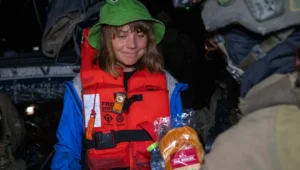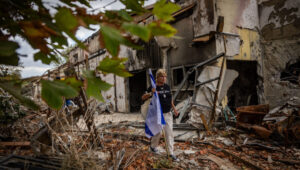My neighbor Naomi, who was very concerned about me, knew that last year I fell in love with knitting. She decided to challenge me and wouldn’t leave me alone until I picked up knitting again. Together she and I have done all kinds of joint projects: knitting rabbits, caterpillars, giraffes, bags, hats.
We even knitted a big turtle that has many small turtles inside its belly and serves as a memory game. Pairs of little turtles have the same color on their belly, and in the game you need to collect as many matching pairs as possible.

On very difficult days when I couldn’t sleep, the radio was always on, because during the war they broadcast wonderful music; and I sat and knitted until the wee hours of the night.
This morning I opened the newspaper to see on the back page an article about a project called: “We knit to calm”
The project was founded during this war, and the knitters have already knitted thousands of “stuffed animals” for children evacuated from their homes, and for trauma victims.
Over 300 volunteers joined the project headed by Naama Bramson Yohananov. She says that the main goal of the project is to help calm and rehabilitate the country’s residents — mainly the rehabilitation of children, who woke up one morning to a difficult reality in which they had to be displaced from their homes. Some of them lost family members, and are overwhelmed with anxiety.
The “stuffed animals” are also donated to caregivers who use them in various situations, including for patients in a state of emotional detachment. The uniqueness of the “stuffed animals” is that they are small and can be put in a pocket, or a backpack, or under a pillow. The “stuffed animals” are colorful and comforting. Small children who received them have said that the “stuffed animals” help calm the bad thoughts. A little girl said that in the bomb shelter she has a stuffed “snail” that helps her not to be afraid when there is an alarm due to rocket fire.
Yuval Ringer is the youngest knitter in the project. She is 10-and-a-half years old and says that since she learned to knit at school, she hasn’t stopped. And during the war she knitted more than 10 “stuffed animals” that were given away. For her, the reactions of the children who receive the “stuffed animals” are very moving, and encourage her to continue knitting more and more.
Both the act of knitting and the knitted items, have surprisingly turned into the most successful “tranquilizer.”















